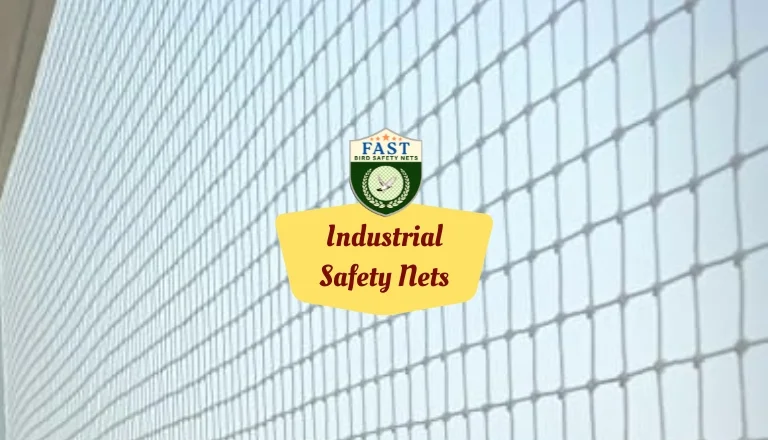In any industrial setting, safety is paramount. Implementing effective safety measures not only protects workers but also enhances productivity and reduces downtime caused by accidents. Among the various safety measures, industrial safety nets play a crucial role in safeguarding workers from falls and other hazards. Here, we explore the top industrial safety nets every workplace needs to ensure a secure and compliant environment.
1. Fall Protection Nets
Fall protection nets are essential in industries where employees work at heights, such as construction, manufacturing, and warehousing. These nets are designed to catch workers if they fall from scaffolding, ladders, or elevated platforms. Key features include:
- High Durability: Made from robust materials like nylon or polypropylene to withstand heavy loads and harsh conditions.
- Mesh Size: Varies to prevent even small tools or debris from falling through.
- Compliance: Meets OSHA standards for fall protection.
Benefits:
- Prevents Serious Injuries: Reduces the risk of severe injuries or fatalities from falls.
- Boosts Worker Confidence: Knowing that safety nets are in place can improve worker morale and productivity.
2. Debris Containment Nets
In construction and demolition projects, falling debris poses a significant hazard. Debris containment nets are designed to catch and contain falling materials, preventing them from causing harm to workers or passersby.
Features:
- Heavy-Duty Construction: Typically made from UV-resistant materials to withstand outdoor exposure.
- Versatile Installation: Can be used horizontally or vertically around the work area.
- Customizable Sizes: Available in various sizes to fit different project requirements.
Benefits:
- Reduces Accident Risk: Protects workers and the public from falling objects.
- Keeps Work Area Clean: Helps in maintaining a cleaner and safer worksite by containing debris.

3. Personnel Safety Nets
These nets are essential in various industrial settings where workers are exposed to potential fall hazards. Personnel safety nets provide a secondary line of defense, especially in large-scale construction projects.
Features:
- Energy Absorption: Designed to absorb the energy of a fall, minimizing injury risk.
- High Visibility: Often come in bright colors for easy identification.
- Easy Installation: Can be quickly installed and removed as needed.
Benefits:
- Enhanced Safety: Provides an additional layer of protection for workers.
- Cost-Effective: Reduces the costs associated with workplace injuries and downtime.
4. Ladder Safety Nets
Ladder safety nets are designed to catch workers or tools that may fall during ladder use. They are particularly useful in industries such as painting, electrical work, and maintenance.
Features:
- Compact and Lightweight: Easy to install and move as needed.
- Flexible Design: Can be used with various types of ladders and scaffolding.
- High-Strength Material: Made from durable fibers to withstand falls and impacts.
Benefits:
- Prevents Falls: Adds an extra layer of protection for workers using ladders.
- Reduces Tool Loss: Catches tools that might otherwise fall and cause injuries or damage.
5. Temporary Guardrail Systems
While not a net, temporary guardrail systems serve a similar purpose in preventing falls from heights. They are essential for construction sites and any elevated work areas.
Features:
- Sturdy Construction: Made from steel or aluminum to provide strong support.
- Adjustable Height: Can be adapted to different levels and types of work surfaces.
- Quick Setup: Easy to assemble and dismantle.
Benefits:
- Enhanced Safety: Prevents falls before they happen, offering proactive protection.
- Compliance: Helps meet regulatory requirements for workplace safety.
Conclusion
Investing in industrial safety nets is a critical step in ensuring the safety and well-being of workers. From fall protection and debris containment to ladder safety and temporary guardrails, these safety nets provide essential safeguards that can prevent accidents and injuries. By prioritizing these safety measures, workplaces can create a secure environment that promotes productivity and compliance with safety standards. Remember, a safe workplace is a productive workplace.






